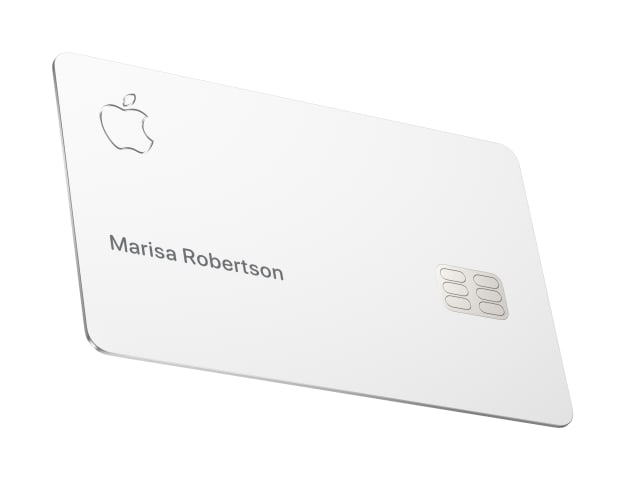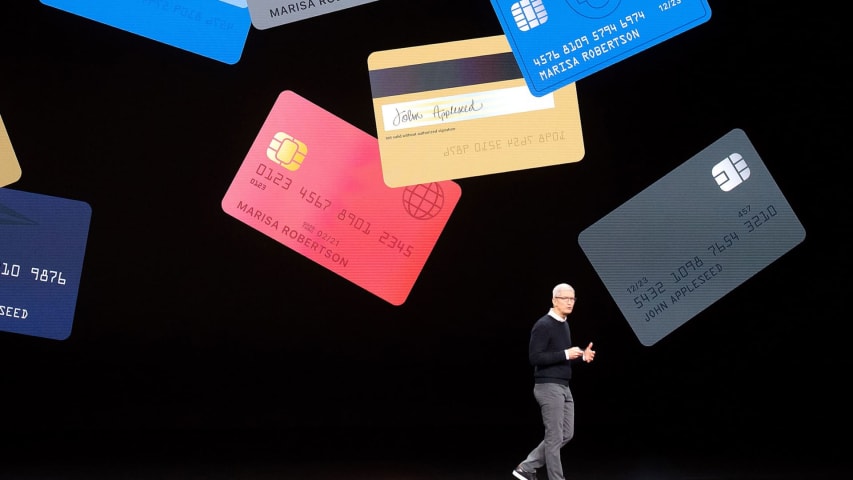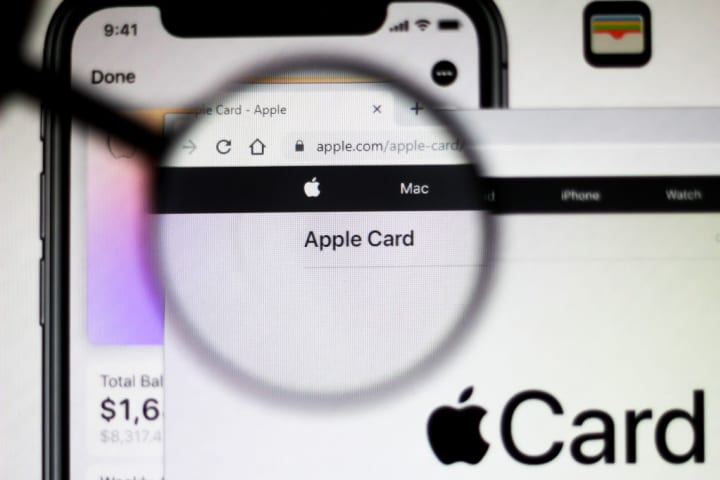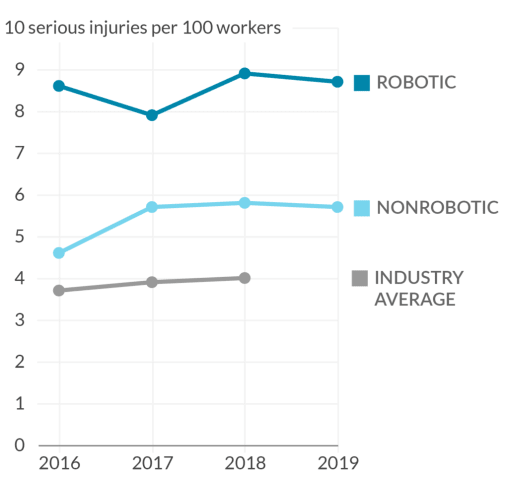Incidente 92: El algoritmo de evaluación crediticia de Apple Card presuntamente discrimina a las mujeres
Entidades
Ver todas las entidadesClasificaciones de la Taxonomía CSETv1
Detalles de la TaxonomíaIncident Number
92
AI Tangible Harm Level Notes
There was a gender bias in the rates and credit limits offered by the Apple card. This results in financial harm based on gender.
Special Interest Intangible Harm
yes
Date of Incident Year
2019
Date of Incident Month
11
Estimated Date
No
Clasificaciones de la Taxonomía CSETv0
Detalles de la TaxonomíaProblem Nature
Specification
Physical System
Software only
Level of Autonomy
High
Nature of End User
Amateur
Public Sector Deployment
No
Data Inputs
credit score, credit report, reported income
Risk Subdomain
1.1. Unfair discrimination and misrepresentation
Risk Domain
- Discrimination and Toxicity
Entity
AI
Timing
Post-deployment
Intent
Unintentional
Informes del Incidente
Cronología de Informes

Lo que comenzó con un hilo viral de Twitter se transformó en una investigación regulatoria de las prácticas de tarjetas de crédito de Goldman Sachs después de que un destacado desarrollador de software llamara la atención sobre las diferenc…

El algoritmo responsable de las decisiones de crédito para la Apple Card otorga a las mujeres límites de crédito más bajos que a los hombres igualmente calificados. Esas son las acusaciones que comenzaron a difundirse cuando los consumidore…

Cuando el empresario tecnológico David Heinmeier Hansson acudió recientemente a Twitter diciendo que la Apple Card le otorgaba un límite de crédito 20 veces mayor que el de su esposa, a pesar de que ella tenía un puntaje de crédito más alto…

Los reguladores estadounidenses están investigando si la tarjeta de crédito de Apple, lanzada en agosto, está [sesgada contra las mujeres](https://qz.com/1746446/the-real-hero-of-the-sexist-applecard-saga-has-issued- una declaración/). El i…

La posibilidad de que los solicitantes de Apple Card estuvieran sujetos a prejuicios de género abre una nueva frontera para el sector de servicios financieros en el que los reguladores están prácticamente ausentes, argumenta Karen Mills.
A …

Los defensores de la justicia algorítmica han comenzado a ver sus proverbiales "días en la corte" con investigaciones legales de empresas como [UHG] (https://www.wsj.com/articles/new-york-regulator-probes-unitedhealth-algorithm-for -racial-…








